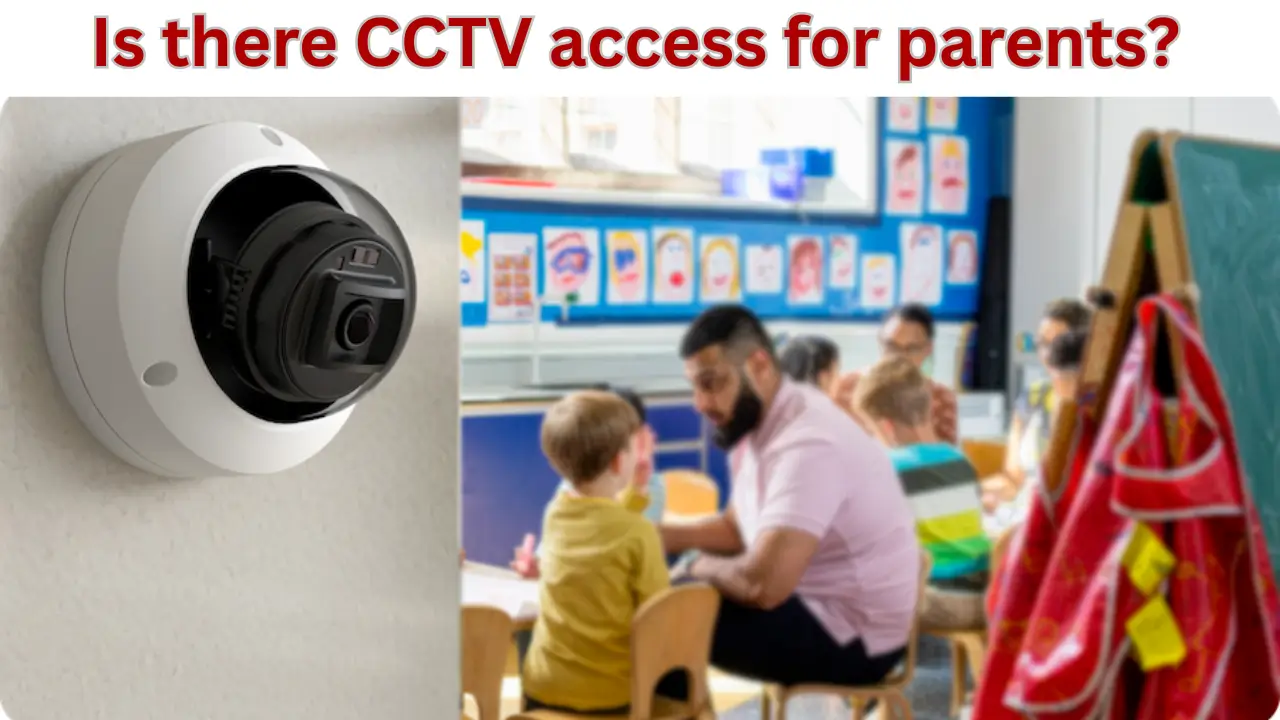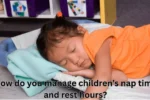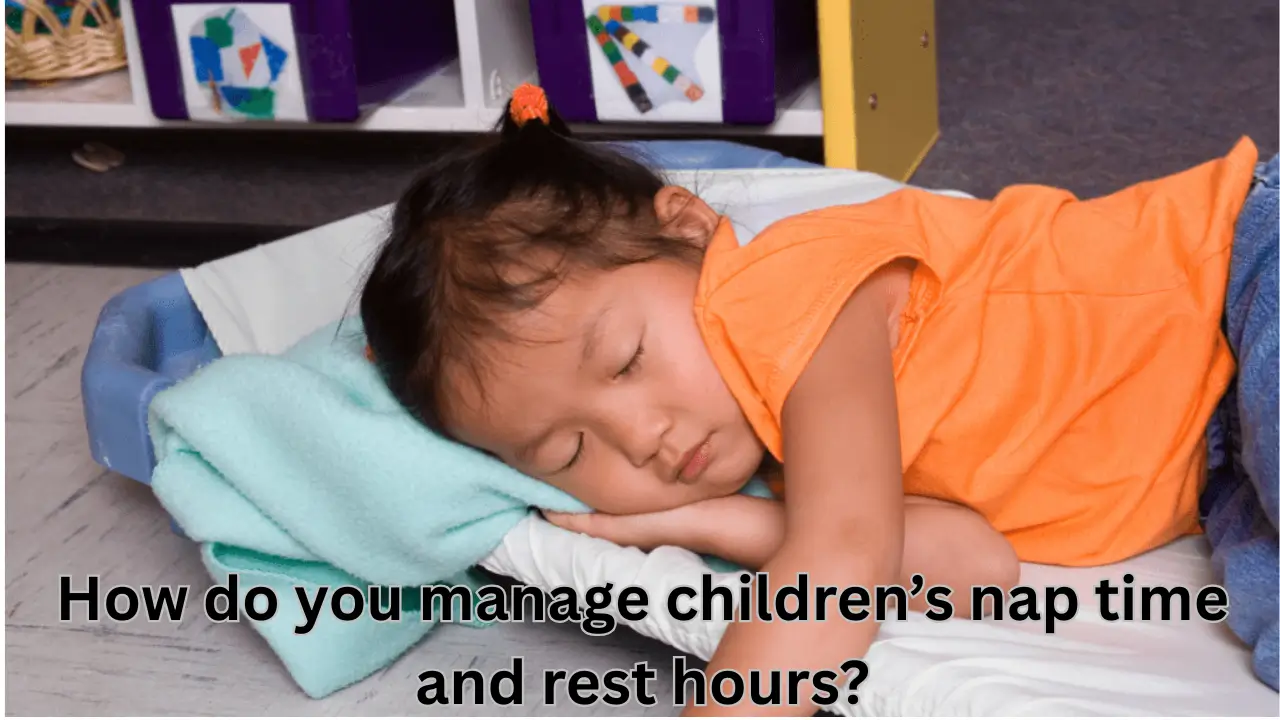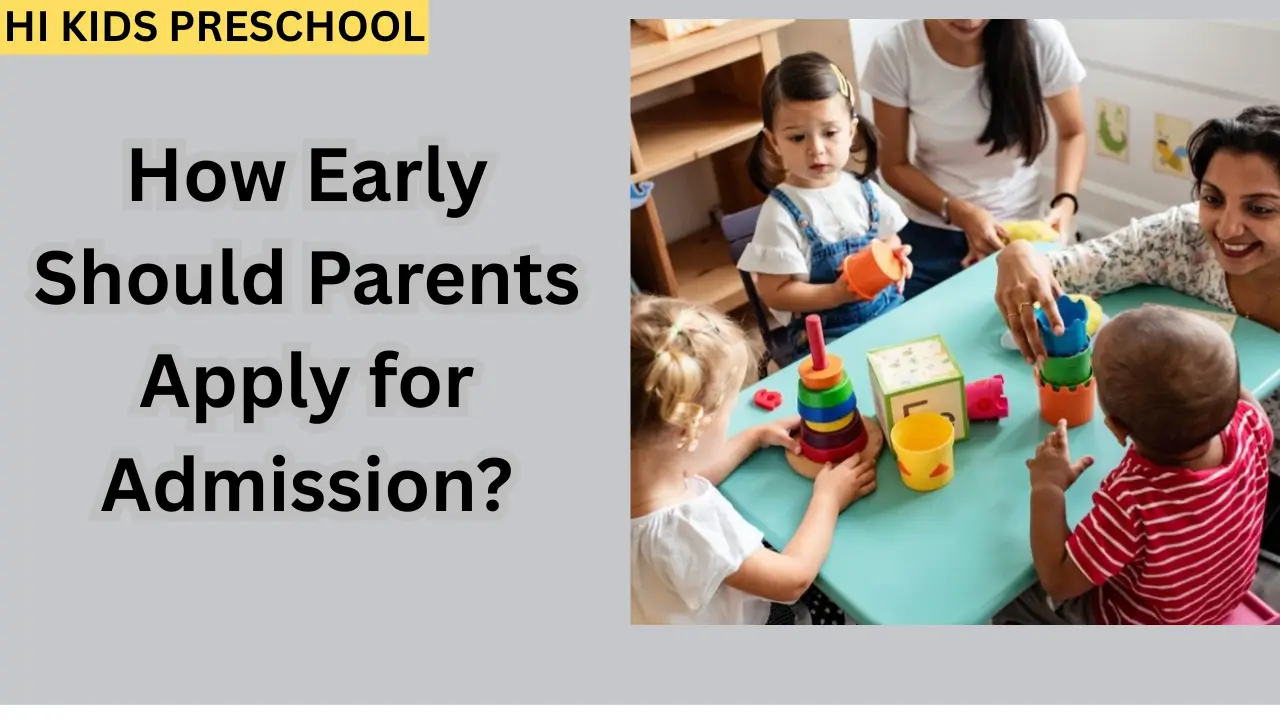In recent years, parents have become increasingly concerned about the safety of their children, especially in schools, day-care centers, and coaching institutes. Many of these institutions now install CCTV cameras to monitor activities. This brings up an important question: Do parents get direct access to CCTV footage?
The issue has become a matter of debate between schools, parents, and government regulators. While some believe CCTV access reassures parents, others worry about privacy and misuse. Let us explore the current status, policies, pros, and challenges.
Why Parents Ask for CCTV Access?
Parents generally request access to CCTV footage for the following reasons:
- Child Safety – Ensuring that children are safe in classrooms, playgrounds, or buses.
- Transparency – To monitor teachers’ behavior and overall discipline.
- Security Concerns – To confirm activities in case of fights, bullying, or emergencies.
- Trust Issues – Some parents feel access improves trust between schools and families.
Do Schools Give Direct CCTV Access?
Most schools do not provide live CCTV streaming directly to parents’ mobile phones, due to security and privacy reasons. Instead, schools usually:
- Keep CCTV recordings for 15–30 days.
- Allow parents to view specific footage if there is an incident or official complaint.
- Limit direct access to avoid misuse.
Government Guidelines (Latest Updates 2025)
Recent developments in India highlight better monitoring:
- Many state education boards have mandated CCTV installation in school premises, especially classrooms and buses.
- Direct, 24/7 parental access is not considered advisable by authorities because it may breach children’s privacy.
- However, schools are required to make recordings available for review in case of complaints, accidents, or legal investigations.
- In some states, governments have asked schools to provide secure online monitoring only for principals and administrators, not parents.
- Certain metro cities (like Delhi) experimented with parental access via apps, but the rollout faced concerns regarding internet security and misuse.
Pros and Cons of Parental CCTV Access
| Pros | Cons |
|---|---|
| Enhances trust between parents and schools | Raises privacy issues for children and staff |
| Helps in quick investigation of bullying/fights | Risk of data misuse, hacking, or unauthorized sharing |
| Provides parents peace of mind | Continuous surveillance may create pressure on students |
| Improves safety standards in schools | Requires high cost of digital infrastructure |
| Acts as evidence in case of disputes | Legal complexities around privacy rights |
Alternatives to Direct Access
Instead of full-time CCTV access for parents, schools are adopting balanced measures:
- Incident-based Access – Parents can request footage only when a specific issue arises.
- Reporting Apps – Schools send daily updates, attendance, and activity reports instead of live camera streaming.
- Regular PTMs (Parent-Teacher Meetings) – Encourages interaction instead of surveillance.
- Authorities-only Access – Principals or administrators monitor CCTV and intervene when required.
Key Concerns Around CCTV Access
- Privacy of Children – Constant surveillance could affect a child’s behavior and mental comfort.
- Privacy of Staff – Teachers worry about being unfairly judged based on partial footage.
- Technical Risks – Hacking or unauthorized distribution of footage is a major concern.
- Cost Factor – Live streaming requires huge server and internet resources, which many smaller institutions cannot afford.
The Parent’s Role in Safety
Parents can still ensure safety without full CCTV access by:
- Actively staying connected with teachers and school authorities.
- Encouraging children to share their daily experiences.
- Using official complaint redressal systems if safety issues arise.
- Supporting schools in creating a safe environment rather than demanding full-time surveillance.
Latest Trend in 2025
- Hybrid Solutions – Some smart campuses are testing limited CCTV access apps, where parents can watch only public areas (playgrounds, entrances, buses), not classrooms.
- AI Monitoring – Advanced systems now alert principals directly in cases of fights, accidents, or unusual crowding, reducing the need for human monitoring.
- Policy Shift – Governments may frame stricter rules balancing safety and privacy, instead of offering blanket access to parents.
Conclusion
While CCTV cameras in schools and day-care centers definitely improve child safety, direct parental access is still restricted in most places due to privacy, security, and legal concerns. A balanced approach, where footage is available in case of incidents but not for daily monitoring, is seen as the best practice.














